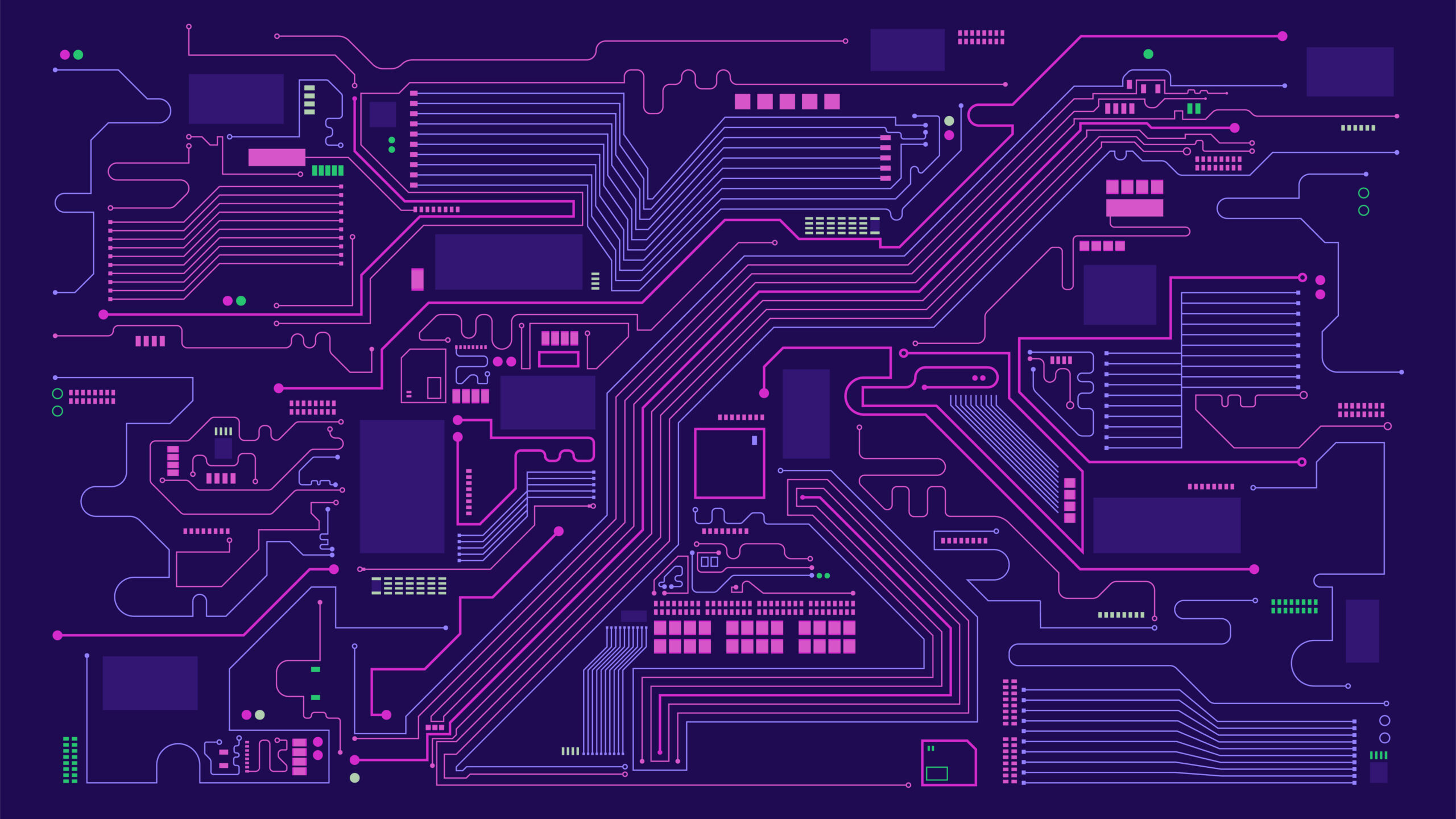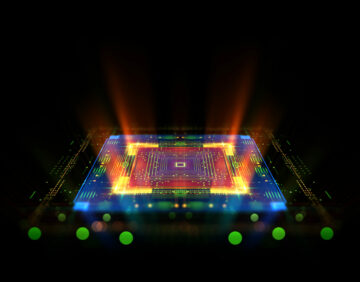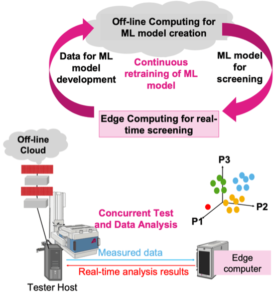
A technical paper titled “Massive Data-Centric Parallelism in the Chiplet Era” was published by researchers at Princeton University.
Abstract:
“Traditionally, massively parallel applications are executed on distributed systems, where computing nodes are distant enough that the parallelization schemes must minimize communication and synchronization to achieve scalability. Mapping communication-intensive workloads to distributed systems requires complicated problem partitioning and dataset pre-processing. With the current AI-driven trend of having thousands of interconnected processors per chip, there is an opportunity to re-think these communication-bottlenecked workloads. This bottleneck often arises from data structure traversals, which cause irregular memory accesses and poor cache locality.
Recent works have introduced task-based parallelization schemes to accelerate graph traversal and other sparse workloads. Data structure traversals are split into tasks and pipelined across processing units (PUs). Dalorex demonstrated the highest scalability (up to thousands of PUs on a single chip) by having the entire dataset on-chip, scattered across PUs, and executing the tasks at the PU where the data is local. However, it also raised questions on how to scale to larger datasets when all the memory is on chip, and at what cost.
To address these challenges, we propose a scalable architecture composed of a grid of Data-Centric Reconfigurable Array (DCRA) chiplets. Package-time reconfiguration enables creating chip products that optimize for different target metrics, such as time-to-solution, energy, or cost, while software reconfigurations avoid network saturation when scaling to millions of PUs across many chip packages. We evaluate six applications and four datasets, with several configurations and memory technologies, to provide a detailed analysis of the performance, power, and cost of data-local execution at scale. Our parallelization of Breadth-First-Search with RMAT-26 across a million PUs reaches 3323 GTEPS.”
Find the technical paper here. Published April 2023 (preprint).
Orenes-Vera, Marcelo, Esin Tureci, David Wentzlaf, and Margaret Martonosi. “Massive Data-Centric Parallelism in the Chiplet Era.” arXiv preprint arXiv:2304.09389 (2023).
Related
Mini-Consortia Forming Around Chiplets
Commercial chiplet marketplaces are still on the distant horizon, but companies are getting an early start with more limited partnerships.
Chiplet Security Risks Underestimated
The magnitude of the security challenges for commercial chiplets is daunting.
The Race Toward Mixed-Foundry Chiplets
The challenges of assembling chiplets from different foundries are just beginning to emerge.
Design Considerations And Recent Advancements In Chiplets (UC Berkeley/ Peking University)
- SEO Powered Content & PR Distribution. Get Amplified Today.
- Platoblockchain. Web3 Metaverse Intelligence. Knowledge Amplified. Access Here.
- Minting the Future w Adryenn Ashley. Access Here.
- Source: https://semiengineering.com/data-centric-reconfigurable-array-dcra-chiplets-princeton/
- :is
- :where
- $UP
- 2023
- a
- accelerate
- Achieve
- across
- address
- advancements
- All
- also
- an
- analysis
- and
- applications
- April
- architecture
- ARE
- around
- Array
- AS
- At
- Beginning
- but
- by
- cache
- Cause
- challenges
- chip
- commercial
- Communication
- Companies
- complicated
- composed
- computing
- considerations
- Cost
- Creating
- Current
- data
- datasets
- David
- demonstrated
- detailed
- different
- Distant
- distributed
- distributed systems
- Early
- enables
- energy
- enough
- Entire
- Era
- evaluate
- executing
- execution
- For
- four
- from
- getting
- graph
- Grid
- Have
- having
- highest
- horizon
- How
- How To
- However
- HTTPS
- in
- interconnected
- into
- introduced
- IT
- just
- larger
- Limited
- local
- many
- mapping
- marketplaces
- massively
- Memory
- Metrics
- million
- millions
- more
- network
- nodes
- of
- on
- Opportunity
- Optimize
- or
- Other
- our
- packages
- Paper
- Parallel
- partnerships
- Peking
- performance
- plato
- Plato Data Intelligence
- PlatoData
- poor
- power
- princeton
- Problem
- processing
- processors
- Products
- propose
- provide
- published
- Questions
- Race
- raised
- Reaches
- recent
- requires
- researchers
- risks
- Scalability
- scalable
- Scale
- scaling
- scattered
- schemes
- security
- security risks
- several
- single
- SIX
- Software
- split
- start
- Still
- structure
- such
- synchronization
- Systems
- Target
- tasks
- Technical
- Technologies
- that
- The
- There.
- These
- this
- thousands
- titled
- to
- toward
- Trend
- units
- university
- was
- we
- What
- which
- while
- with
- works
- zephyrnet












